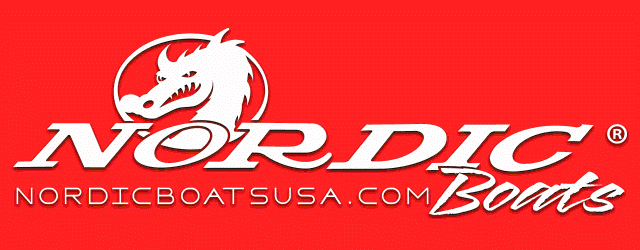rush1
Well-Known Member
- Joined
- Dec 25, 2013
- Messages
- 2,883
- Reaction score
- 2,734
Does anyone here run there boats without an anti siphon valve at the fuel tank pick up ? My boat vapor locked on the dam to dam run (97 Essex 454 carbureted ). I replaced my fuel pump and read some where to pull the valves that they are very restrictive and mine are ,you can barely blow through them . But now I'm wondering if they have some high flow valves ? I mean if you were to get a leak in the fuel pump or fuel line that things gonna drain the entire fuel tank
into the bilge ! Mine are 3/8 pipe thread right angle to 3/8 barbed . Should I replace them or not worry about it ? I know that they are Coast Guard mandated .
Mine are 3/8 pipe thread right angle to 3/8 barbed . Should I replace them or not worry about it ? I know that they are Coast Guard mandated .
into the bilge !




